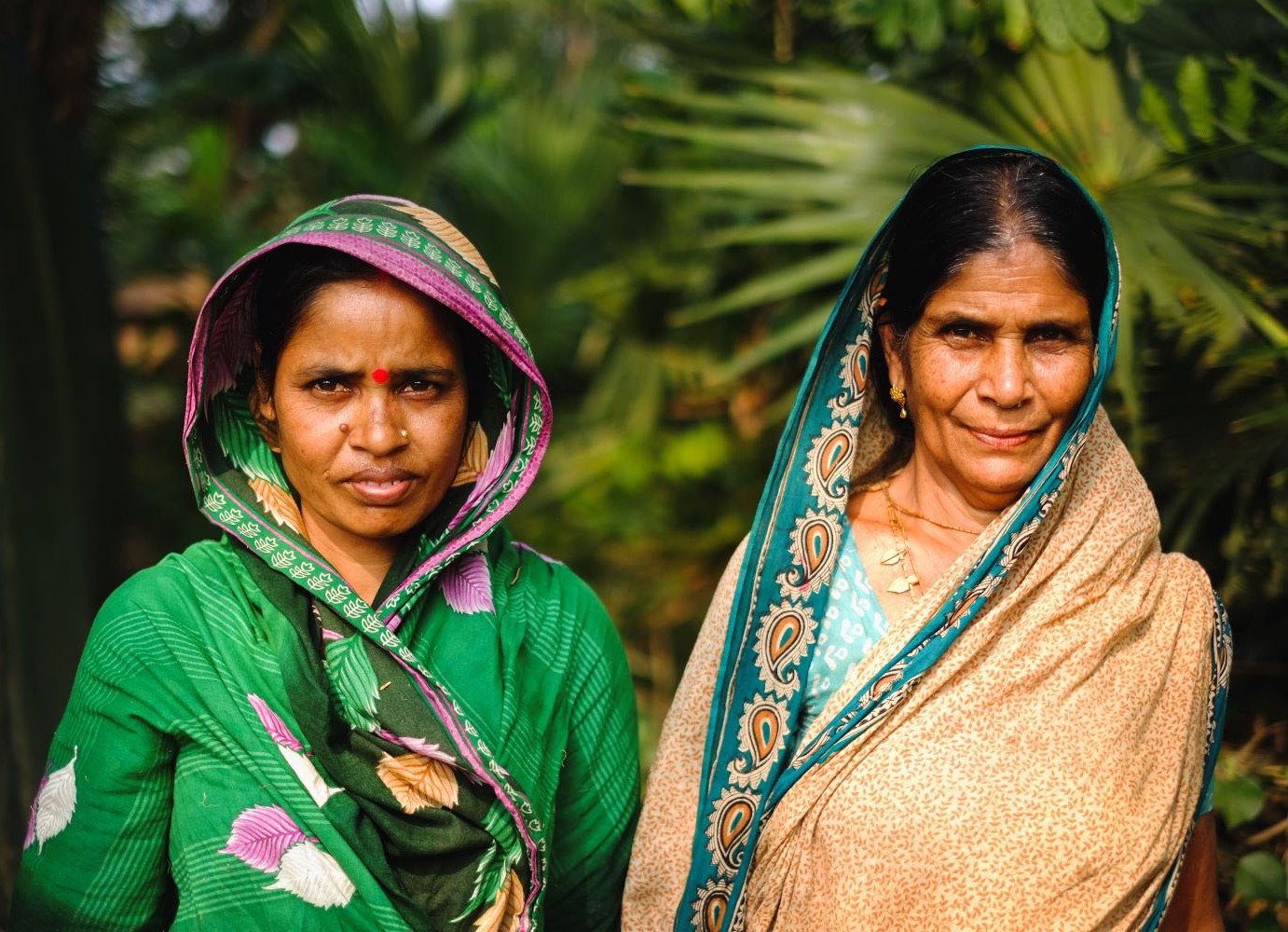In 2004, Michael Clemens, Todd Moss, and I wrote a paper on the Millennium Development Goals. It made a lot of forecasts about development trends, aid flows, and political fallout from the goal-setting exercise over the next 11 years. As the MDGs wind up, it is worth comparing the forecasts and hopes in our paper to the results in the latest UN MDG progress report and the World Bank MDG progress status report, as well as subsequent analysis of outcomes and impacts.
How did we do? The short answer: pretty strong on forecasting development trends, less strong on forecasting political fallout, and terrible on our wish list for a next round of goals.
Prediction: Nearly four years after setting the MDGs, it appears that the global goal of halving poverty may soon be reached because of rapid progress by the two population giants of India and China.… However, it appears almost certain that the majority of developing countries will not meet the country level poverty targets set by the Millennium Declaration nor many of the other goals.… A substantial majority of countries will likely reach [the MDG target of gender equality] by 2015.... It may be that progress in meeting some of the other MDGs — perhaps in particular halting the spread of HIV/AIDS, reversing the incidence of malaria and halving the proportion of people without sustainable access to drinking water and sanitation — could in fact be rapid enough to meet the MDG timetable.
Outcome: too negative on poverty? We were right that the goal of halving poverty would be met — in fact the global reduction in poverty from 1990 to 2015 might be as large as two-thirds. Current status as reported by the World Bank is that 49 percent of countries are known to have achieved the target and ‘sufficient progress’ has been made in another 8 percent to suggest the target will be met by end-2015.
Outcome: about right on most of the rest. According to World Bank data, considerably less than half of the countries with data are on track to reach the undernourishment, primary completion, infant and under-five mortality, and maternal mortality targets. Fifty-three percent of countries have met or are on track to meet the gender parity goal, 49 percent are on track to meet the water goal, and 30 percent the sanitation goal. For child mortality, progress has been notably faster during the MDG period than it was previously. For other health and education targets there is little evidence of a significant trend break since 2000.
Prediction: Some whole regions, especially sub-Saharan Africa, will miss [the goals] by a wide margin.
Outcome: correct. According to the United Nations, the sub-Saharan region has not achieved the poverty, nutrition, health, education, water, or sanitation targets.
Prediction: The idea that “$50 billion more in aid is needed to achieve the MDGs” ignores that “the role for increased financing to accelerate trends has a limit.”
Outcome: broadly correct. ODA flows had stagnated at around $80 billion in the mid-1990s but the 2000s saw a significant increase — up to $127 billion in 2010. But there is no obvious link between more rapid progress in MDG target areas and more aid flows. And one prominent author of an original ‘MDG costing study’ has recanted on the whole exercise. That’s not to say aid didn’t work — progress might well have been slower without it, and much aid went to other priorities than meeting the MDGs. It is to say there were clearly other barriers than simply ‘more money.’
Prediction: the specific targets of the MDGs have set up many countries for unavoidable ‘failure.’ Some governments pursuing wise policies and making historically encouraging progress on development indicators could be weakened or delegitimized by the label of ‘failure’ in 2015.… Another potential downside is the possibility for adding to donor fatigue and distracting recipient countries from much-needed domestic reforms.
Outcome: broadly incorrect. Regarding domestic policy, there’s not too much evidence of change. But that was the likely outcome in any case. On deligitimization, the concern of setting countries up for failure was widespread in the mid-2000s (see, for example, this by Bill Easterly). But despite (i) the world and most countries missing most targets; (ii) limited evidence of faster progress since 2000 in the majority of target areas and (iii) even less evidence of a causal relationship between the creation of the MDGs and the more rapid progress we’ve seen, the narrative around the MDGs is that they have been a huge success. “The MDGs helped to lift more than one billion people out of extreme poverty, to make inroads against hunger, to enable more girls to attend school than ever before and to protect our planet,” suggests Ban Ki-moon, for example. And ODA has survived the 2008 financial crisis and its aftermath better than many feared. Perhaps it makes sense that a bunch of economist types would do better at predicting trends and aid impact than political fallout.
Hope: The next round of goals should: (a) be country-specific and flexible, more like today’s IDA targets; (b) take historical performance into account; (c) focus more on intermediate targets than outcomes; (d) be considered benchmarks to spur action in cases where assistance is not working, rather than technically feasible goals.
Reality: hopes dashed. The Sustainable Development Goals are larded with global zero goals, many outside historical precedent and are nonetheless presented as feasible.
For all of that, in 2004 we were worried that the MDGs might end up being a negative for global development. Today, I think that the evidence is at least consistent with a story that has them being a marginally positive force. That marginal positive at a global level could involve many millions of lives saved or improved. I hope, for all of their problems, the SDGs do as well.
Disclaimer
CGD blog posts reflect the views of the authors, drawing on prior research and experience in their areas of expertise. CGD is a nonpartisan, independent organization and does not take institutional positions.





